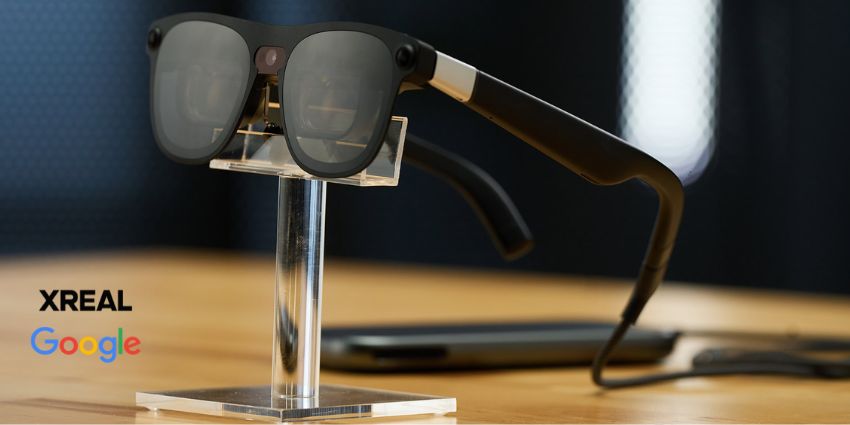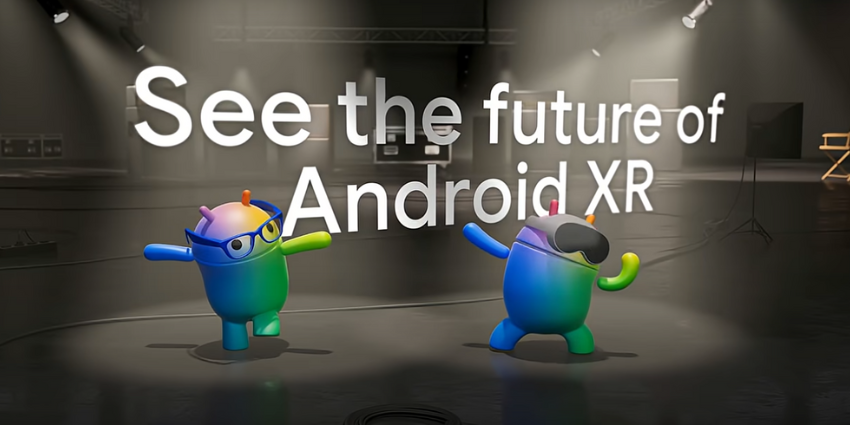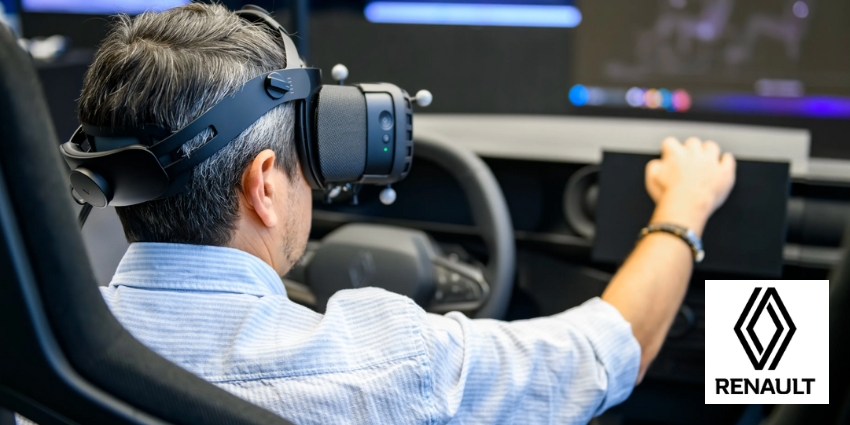Not so long ago, most people would have described the concept of being able to “teleport” themselves into different locations virtually as being little more than a science fiction pipedream. However, thanks to innovators like Varjo, one of the leading pioneers in XR and VR technology, this unique form of teleportation is already available.
Varjo’s Reality Cloud is a powerful XR solution, supported by the AWS cloud environment, as well as NVIDIA GPU technology. Built to enable virtual teleportation, the “Reality Cloud” platform allows users to stream virtual and mixed reality content to Varjo devices, creating a unique environment for work and ideation.
With the Varjo Reality Cloud, a person in one location can capture the detail of a physical space, and share it with a remote viewer anywhere in the world. The cloud can accommodate even the most complex and intensive “metaverse” environments in real-time, so users can feel as though they’re actually transporting themselves into the same space as their colleagues.
What is Varjo Reality Cloud? An Introduction
Varjo Reality Cloud is a cloud-based platform, designed to run a host of graphically intensive virtual and mixed reality applications on any device. Using a unique “foveated transport algorithm”, customers can easily stream powerful immersive experiences from the cloud to devices with amazing visual fidelity, through a bandwidth of 35 megabits-per-second, and a 1000:1 rate of compression.
Varjo Reality Cloud moves the immense and often complicated rendering loads of typical XR and VR software to off-site GPUs, allowing teams to steam immersive content to affordable hardware rapidly, with industry-leading human eye resolution. The technology also includes secured enterprise-grade encryption, to protect flowing data from attacks.
According to Varjo, the Reality Cloud will allow professional customers to stream their most complicated VR and MR applications and models safely and securely, directly into any headset, without having to worry about data and bandwidth issues. Not only does this functionality unlock new levels of productivity and scalability for companies embracing the XR space, but it also opens the door to new forms of XR experience.
Users can scan their surroundings, digitalize the world around them, and share these experiences with anyone in the world, with perfect color and clarity. Colleagues can see what other employees are seeing in real-time paving the way for new forms of human interaction and collaboration which don’t require expensive travel.
What Can Companies Do with Varjo Reality Cloud?
Varjo’s decision to build and launch the Reality Cloud is a major milestone in its overarching vision of allowing real-world workflows and applications to be moved into immersive environments.
Before Varjo’s Reality cloud, companies hoping to bring teams together in virtual environments for creative products would have been forced to invest in complex hardware setups, technical expertise, and expensive, ongoing maintenance. Now, virtually any company can unlock the benefits of XR for ideation, without the need for a huge initial investment.
Users can seamlessly invite collaborators in a digital environment to join a multi-user real-time VRED session in a matter of seconds. Users won’t need any technical knowledge to get started, and there’s no need for any complex local software installation.
Currently, Varjo Reality cloud supports applications like Autodesk VRED, as well as applications created with both Unity and Unreal Engine. With access to these applications in Reality Cloud, users can stream any content to their team members. It’s also possible to develop applications supported by Reality Cloud in the Varjo Developer portal.
In the Varjo Reality Cloud “main view” users can see all of the collaboration sessions and applications shared with them, starting and joining sessions in a matter of seconds, and uploading application files when necessary. There’s also the potential to leverage convenient keyboard input options during XR sessions.
For instance, when using the Autodesk VRED application in Reality cloud, users will be able to access VRED application-specific keyboard shortcuts when working on models. In Unreal Engine or Unity applications, staff can use the keyboard to trigger animations or events.
To make the technology as valuable as possible, Varjo also intends to expand device support beyond its own headset portfolio, so users can join immersive collaborative sessions from a range of iOS and Windows-based devices, including tablets, phones, and PCs.
Who is Using Varjo’s Reality Cloud?
Varjo’s Reality Cloud is still a relatively new addition to the to the XR landscape, but many companies have already begun to see the benefits. Already, Autodesk, Unity, and Unreal Engine have all partnered with Varjo to help users unlock new functionality within the immersive landscape.
Additionally, various automotive manufacturers have started experimenting with the potential of the cloud environment for boosting productivity and team collaboration. For instance, Volvo, one of the world’s leading automotive manufacturers, has embraced the Varjo Reality Cloud to help its team members work together seamlessly, from anywhere, within virtual and mixed reality.
According to the Head of Exterior Design at Volvo, T. Jon Mayer, Varjo Reality cloud enables team members to collaborate on designing new car models, as though they were physically standing together in the same place. He believes the technology is a significant step forward in the journey to democratize the use of XR and VR for collaboration, through accessibility and ease of use.
KIA, another well-known automotive manufacturer has also started using the Varjo Reality Cloud for immersive design collaboration. According to the Visualization Manager for the company, Thomas Unterluggauer, the technology opens the door to powerful interactions between employees distributed across a massive landscape. He notes that Varjo’s commitment to reducing the technical requirements and complexity often linked to XR and MR is a key factor at driving adoption.
As the capabilities of Varjo Reality Cloud continue to evolve, an increasing number of companies are sure to find there way into the landscape in the years to come.







